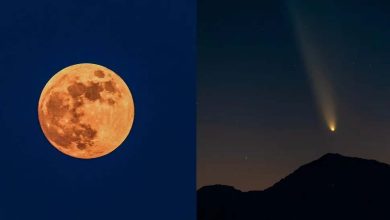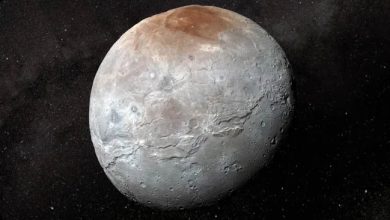An ancient river on ice sheets

science: Scientists have discovered that a huge ancient river system once existed beneath the lowland ice sheets. While digging into the vast ice sheet of the western lowland, they found that this river had flowed for a thousand miles. But what happened to this river? It is said that climate change must have played a role in this and this discovery suggests that if the temperature continues to rise, we may face a similar situation in the future. How did they find the river in the lowland? In 2017, Klages and his team drilled in the western part of Utah and collected samples from soft sediments and hard rocks at the bottom of the frozen sea. They found replicas of formations from two different periods. The lower part contained species, spores and pollen, indicating that a temperate rainforest existed during the mid-Cretaceous period, about 85 million years ago. Now in fashion
The upper part of the sediment was mostly sand. When the researchers examined these species from the mid-to-late Eocene epoch, which dates to about 30 million to 40 million years ago, they found a strong stratified formation that resembled a river delta. More research concluded that an ancient river once flowed through the ancient region. Also read: Ancient Egyptian scribes also suffered from bending over tools
Carbon composition levels on Earth Earth has seen periods when carbon compositions were more than twice as high as they are today. During the mid-to-late Eocene epoch, 34million to 44 million years ago, our planet’s atmosphere saw a huge change. Carbon sheet levels fell and the resulting cooling led to the formation of rocks. However, at the end of the Eocene period, CO2 was at levels that would last for the next 150 to 200 million years on Earth, study co-author and palaeontologist Johann Klages of the Alfred Wegener Institute Helmholtz Centre for Polar and Marine Research in Germany told Live Science. The change was predicted early in 1988. Scientists are trying to understand how this happened, but huge areas of the western coast are covered in ice, making it difficult to access sedimentary rocks that may provide clues to how this change happened. Author
TAGSICE SHEETSGIANTANCIENTRIVERSA MASSIVEANCIENTRIVERRON ICESHEETSJanta Se Rishta NewsJanta Se RishtaToday’s Latest NewsHindi NewsIndia NewsSeries of NewsToday’s Breaking NewsToday’s Big NewsMid Day NewspaperJanta Se Rishta NewsJanta Se Rishta NewsJanta Se Rishta NewsToday’s Latest NewsIndia NewsIndia NewsIndia NewsHindi NewsDeepa Sahu





